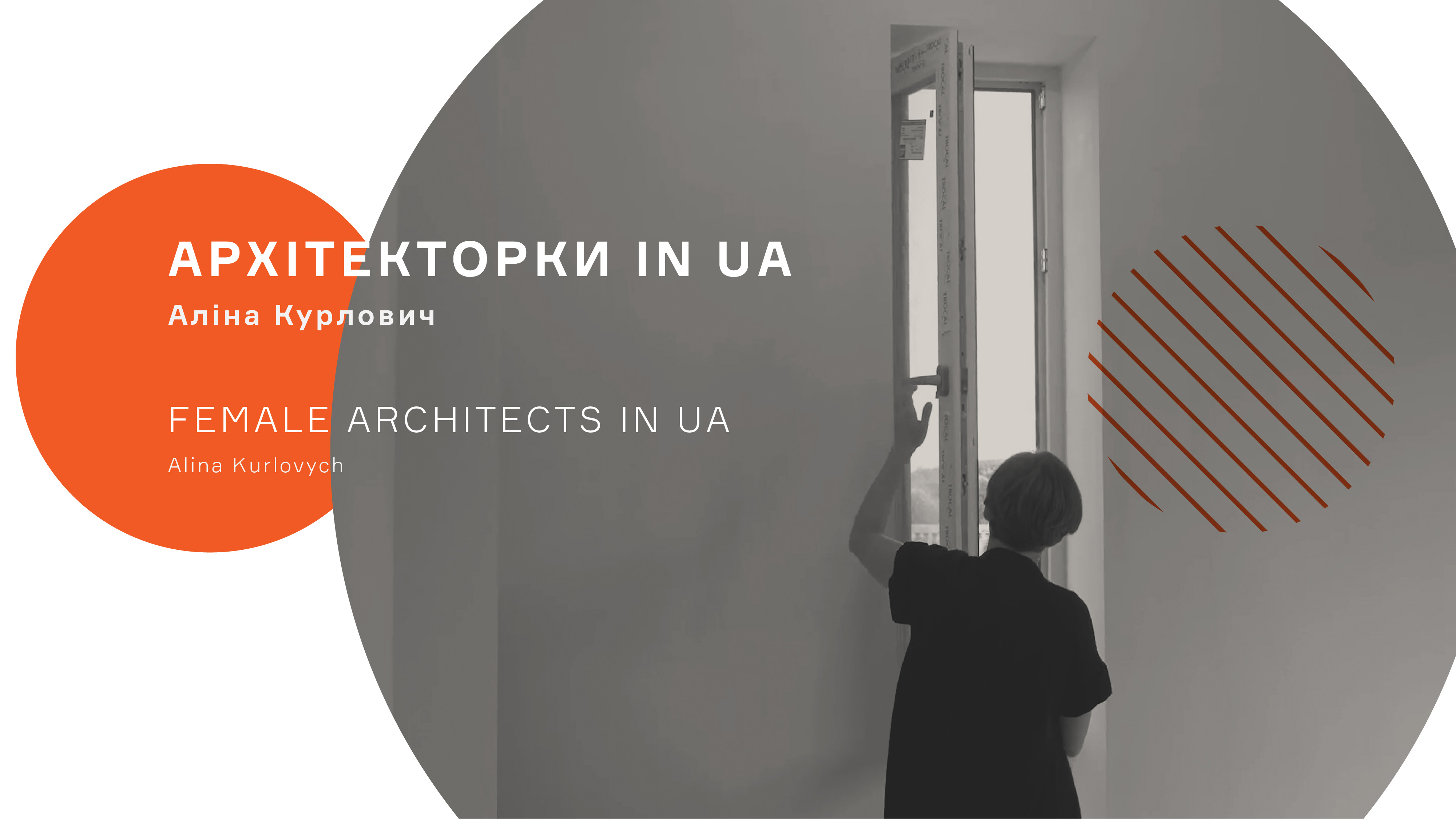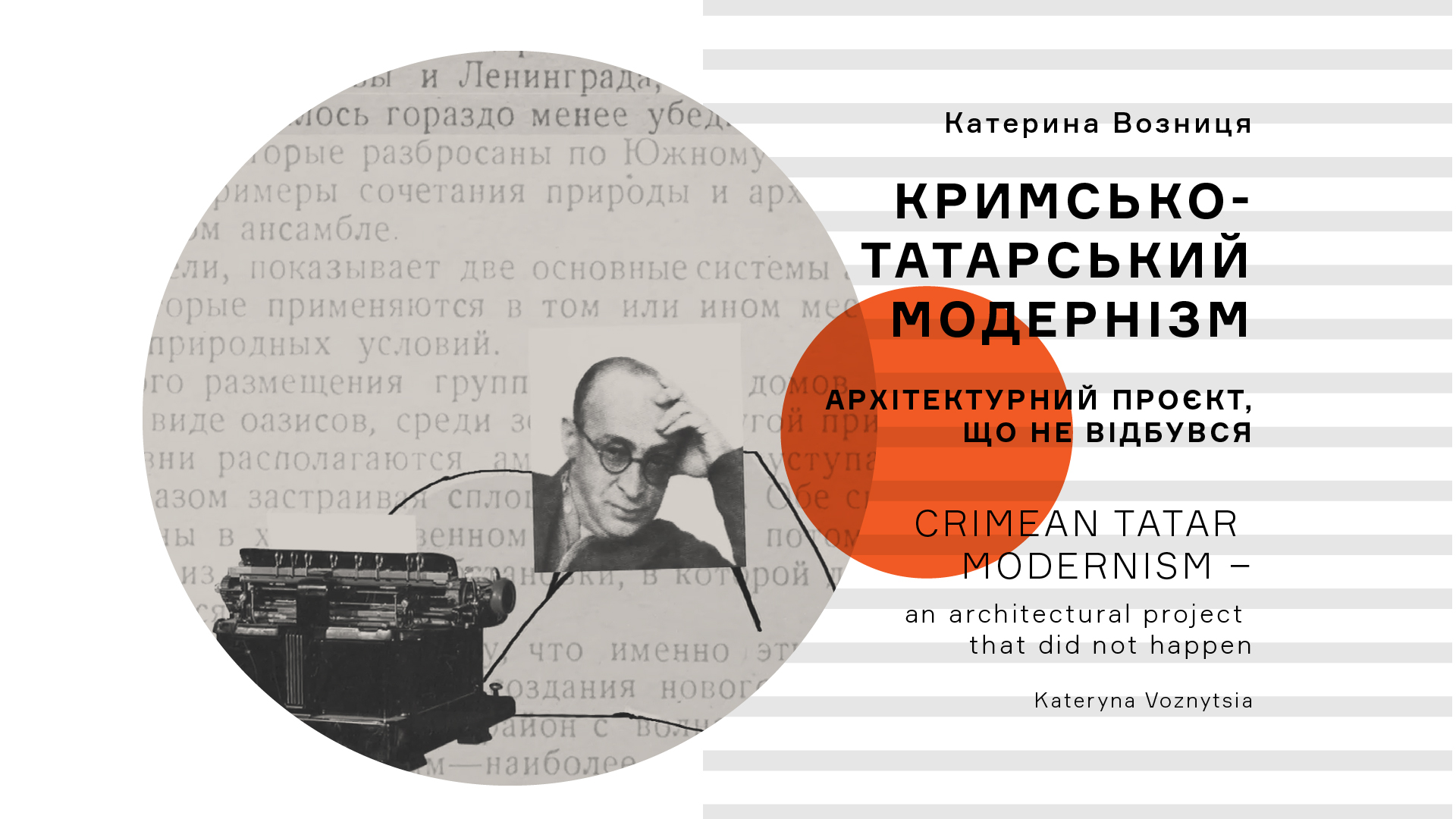By its nature, Russian classicism directly copies English and French neoclassicism. The ideological basis for its spread was the Enlightenment, and Empress Catherine II, as we know, in addition to being a practitioner of ideas, also had a lively correspondence with such educators as Diderot and Voltaire. In fact, the Russian Empire incorporated "international" classicism without taking into account the specifics of the local context. Moreover, Russian classicism did not have the natural ideological genesis that European countries underwent. Therefore, the ideas of the Enlightenment were often replaced by copying its form.
Classicism, like any other rationalist modernization project, is an ideal tool for effectively achieving the goals of the state, whatever they may be. To this end, it, in contrast to the chaotic Baroque or artisanal Middle Ages, uses systems, structures and networks. Therefore, as in the modernism of the twentieth century, in the discourse of Catherine's classicism were so widespread all sorts of large-scale "projects" that with their voluntarism is not inferior to large Soviet buildings. Such projects aim to organize and "improve" the territory (without its knowledge, of course) and may vary in scale: from the interregional level, as the Greek project, to the sectoral one, as projects in the field of architectural and cartographic education.
Russian imperial classicism was characterized by a typical set of "modernist" features: missionary work, unification, rationalism, functionalism, scientificality, progressivity, and gigantism. Similar to the modernization projects of the twentieth century, in the Catherine period they actively developed the construction of new cities, carried out projects for the reconstruction of old ones, created various infrastructure networks (including educational, transport, cultural).
Like any modernization project, classicism inevitably comes into conflict between the project and reality, often degenerating into its opposite. What was conceived as a good in a certain value system, in practice became evil. Neoclassicism in the Russian Empire, which is essentially a shell or form of the Western European Enlightenment, appropriated its architectural and political language, but did not serve its values. Instead of justice, equality, brotherhood, we received the so-called estate classicism and estates of the realm with serfdom. And as in the reality of Stalin's buildings, the objects of classicism were housing for privileged estates and large-scale urban projects (including a network of estates for the Empress's many favorites).
Probably the most famous metaphor of this time was the legend of "Potemkin villages". Count Hryhoriy Potemkin, the governor of the newly conquered and colonized Ukrainian South, in order to embellish the real state of affairs in these lands, allegedly ordered the construction of entire sham villages on the Empress's journey during her "Taurian voyage." Although this legend almost certainly does not correspond to historical reality, it well reflects the spirit of the time and the general atmosphere of the voluntarist projects of the period of Catherine II.
In general, the legacy of classicism in Ukraine conceals many contradictions and paradoxes. Behind it is not only the international architectural style, but also the complex relationship of the periphery with the imperial center. The best examples in this case are the new cities built into the space of the Black Sea steppes – Kherson, Mykolaiv and Odesa.
Even now, on the way to Kherson, the boundless Black Sea steppes stretch. In the structure of the city, the zone of the orthogonal grid of quarters is clearly distinguished, and the zone of the half-destroyed Kherson fortress visually opposes it. Preserved architectural objects of the fortress (cathedral, gate, ramparts, powder warehouse) are made of open limestone in the calm forms of early (Palladian) classicism. However, in the twentieth century the complex underwent a number of rough changes that openly dissonant with its classicist composition: here is a Soviet park, cinema "Jubilee", a huge TV tower was built, and the building of the Admiralty Arsenal was turned into a gloomy jail. Along with the feeling of emptiness and neglect of the place, the Kherson fortress acquired similarities with its prototype – ancient ruins. The city, originally conceived as the capital of the South, a "city that already looks like something," as Emperor Joseph II put it during his visit, fell victim to banal planning miscalculations and eventually lost the championship to other new cities.
Ten years later, the influence of Kherson was taken over by Mykolaiv, founded in 1789. It largely duplicated Kherson architectural typologies – the Admiralty, arsenal, shipyards and more. Currently, there is active traffic on the local streets, the flow of people shows a qualitatively different pace of life compared to Kherson. But borrowed typologies also do not fully perform their original functions. The building of the Admiralty was transformed into a quiet museum, which resembles rather a manor. And near the classic front entrance group of Mykolaiv shipbuilding plant, which was declared bankrupt, are not much more people than near Kherson fortress. Didn't the shipyards, thanks to which Mykolaiv got an impetus for development and was defined with its basic profile – shipbuilding, become the same anachronism, as at one time fortress walls in Kherson became?
A few years after Mykolaiv, in 1794, construction of Odesa began, now the largest port and the third largest city in Ukraine. Odesa is located on a plateau that rises above the sea. It's hard not to notice the large classic grid of orthogonal quarters that stretches for many kilometers, like the blocks of Madrid, Paris and Amsterdam. It is not surprising, since the author of the first master plan of the city in 1794 was the Dutchman François de Wollant . The planning of the city is open, which demonstrates the deviation from the need to build fortifications. Today, Odesa's urban economy is dominated by the service sector, represented by chaotic private and shadow sectors (primarily leisure and trade), which makes the city an international center of tourism and hedonism, causing a whole range of social problems for the local population.
In the center and on the outskirts of Odesa one can see a high concentration of objects of the second ("mature") phase of classicism. They are represented by a variety of features suitable for a large city in a free-trade zone. Due to this, the center of Odesa is included in the preliminary list of UNESCO sites. Today, some expensively decorated villas host museums, clubs, restaurants, some buildings (like a circular infectious disease hospital) are collapsing, and others are in danger of demolition due to uncontrolled construction by commercial housing estates.
Odesa is rich in "Italian" allusions, which are reflected not only in the southern architecture of patios and colonnades, but also supported by a colorful and noisy crowd of tourists that fills old Odesa. Like a Venetian festival procession, the processions stretch down the slope to the Potemkin Stairs, the main attraction and linear dominant of Odesa. Designed by architect Boffo, the staircase combines a system of internal dark and heavy vaults hidden from the eyes of passers-by, and an external rhythmic system of light steps leading to the sea. It was the access to the Black Sea, undoubtedly, that had political and symbolic significance for the empire. But where do these stairs lead us today?

































